PRODUCT DESCRIPTION
The High-Density Spray Applied Fireproof Coating is a cutting-edge solution designed to provide superior fire protection for a wide range of materials, including steel and concrete. Developed with advanced technology, this high-density coating offers exceptional performance in both indoor and outdoor environments.
With its water-based formulation, the fireproof coating creates a strong barrier that effectively shields surfaces from fire and flames. By preventing heat transfer, it minimizes the risk of structural damage and ensures the safety of people and property.
The High-Density Spray Applied Fireproof Coating is particularly suitable for demanding applications in industries such as petrochemicals, heavy manufacturing, and infrastructure. Its unparalleled thermal performance and durability make it the preferred choice in these environments.
What sets this fireproof coating apart is its extensive testing and compliance with major international standards and specifications. It has successfully met rigorous fire testing, ensuring reliability and peace of mind for customers worldwide.
This lightweight coating offers numerous advantages over traditional concrete protection systems. Its high density provides efficient fire resistance while reducing overall weight. This makes it an ideal solution for projects where weight restrictions are a concern.
The ease of application and versatility of the High-Density Spray Applied Fireproof Coating make it a cost-effective solution for various surfaces, including steel structures, concrete walls, and even wooden surfaces. Its durable composition and long-lasting performance contribute to its reputation as a dependable and proven fire protection material.
Choose the High-Density Spray Applied Fireproof Coating for superior fire protection that combines efficiency, reliability, and compliance with global standards. Safeguard your assets and enhance the safety of your environment with this advanced fireproofing solution.
Key Features
- High compressive strength
- Extraordinary performance
- Applicable to all parts of the structure
- Over 10 years of proven performance
- No quality loss over time
Applications
In general, all areas where there is a possibility of fire can use mineral-based fire-retardant coating.
- Residential building
- Educational Centers
- Oil and gas refinery
- Petrochemical power plants
- industrial centers
- Warehouses and silos
- factories
- Hospital
- recreational centers
- Offshore platforms
- Gas stations
Packaging
- –
Colour
- grey
technical specifications
| color |
grey |
| Theatrical coverage (for 10 mm thickness) |
11 kg/m2 |
| Shelf time |
15 months |
| Storage condition |
4℃ – 45℃ |
| density |
1 kg/cm3 – 1/1kg/cm3 |
| Thermal conductivity |
0.39 W/m oC |
| Compressive strength |
10.9 MPa |
- Project Requirements Assessment: Evaluate project needs and environmental conditions for fireproof coating design.
- Material Compatibility: Ensure the coating is compatible with the surface materials requiring fire protection.
- Fire Rating Standards: Familiarize with relevant fire rating standards and comply with regulations.
- Performance Testing: Verify the coating’s fire resistance through rigorous testing.
- Surface Preparation: Properly prepare the surface for coating application.
- Application Techniques: Follow manufacturer’s recommended application methods.
- Quality Control and Inspection: Implement a robust quality control process during application.
- Maintenance and Reapplication: Understand maintenance requirements and plan for reapplication.
- Documentation and Record-Keeping: Maintain comprehensive documentation throughout the project.
- Collaboration and Expert Consultation: Engage with professionals for guidance and expertise.
- Training and Certification: Ensure personnel are trained and certified for proper application.
- Surface Preparation: Thoroughly clean and prepare surfaces before coating.
- Adherence to Specifications: Follow project and manufacturer guidelines for thickness, coverage, and application method.
- Equipment and Tools: Use appropriate equipment and maintain it properly.
- Quality Control: Implement rigorous inspections to maintain coating integrity.
- Safety Measures: Prioritize safety protocols and provide necessary protective gear.
- Collaboration with Engineers and Designers: Maintain open communication and clarify technical requirements.
- Documentation and Record-Keeping: Maintain accurate records of application process and deviations.
- Customer Communication: Regularly update stakeholders and address concerns.
- Post-Application Support: Provide guidance on maintenance and offer support after application.
- Surface Preparation: Ensure clean and defect-free surface before application.
- Mixing: Follow manufacturer’s instructions for proper mixing.
- Application Equipment: Use suitable spray equipment and adjust parameters accordingly.
- Application Techniques: Apply coating evenly and uniformly, considering multiple coats if necessary.
- Thickness and Coverage: Measure and maintain proper coating thickness and coverage.
- Drying and Curing: Allow sufficient time for drying and curing according to manufacturer’s instructions.
- Quality Control: Regularly inspect and address any defects or inconsistencies.
- Safety Precautions: Adhere to safety guidelines and use appropriate protective equipment.
- Post-Application: Provide guidance on maintenance and communicate with stakeholders.
Note: Always refer to manufacturer’s instructions for detailed application guidelines.
- Establish QC Procedures: Develop specific procedures for quality control.
- Training and Competency: Ensure personnel are trained and competent in QC processes.
- Pre-Application Inspection: Inspect surfaces before coating application.
- Materials and Equipment Verification: Verify compliance of materials and check equipment functionality.
- Application Monitoring: Monitor coating application for compliance and measure thickness and coverage.
- Adhesion Testing: Perform tests to ensure proper bonding between substrate and coating.
- Visual Inspection: Conduct visual inspections to identify defects or areas requiring correction.
- Post-Application Testing: Perform tests to verify coating performance.
- Documentation and Reporting: Maintain comprehensive records of measurements, inspections, and actions taken.
- Continuous Improvement: Review and improve QC procedures based on feedback and lessons learned.
technical documents
Photo Gallery
Technical documentation request
Frequently Asked Questions
Why is a mineral base fireproof coating used?
Cement mineral base fireproof coating (code HDFC ™ 110) is suitable for protection of various materials including steel and concrete against fire and flames.
What are the main ingredients of HD mineral base fireproof coating?
The main materials of fire retardant coating are light expandable sand, perlite and vermiculite, mica and hydraulic mortar (cement).
Why is the fire-retardant HD mineral base fireproofing of the company used for environments with special restrictions?
This type of mortar can be used for indoor and outdoor environments of steel and concrete surfaces and prevents the heat caused by fire to reach the surface of the main material. The water-based nature of this type of fire-retardant mortar can be very helpful in environments with certain limitations (such as hospitals).
How does HD Mineral Base Fire Cover work?
After applying the fireproof coating, the thickness of the coating increases to such an extent that fire and fire have the least effect on the surface under the work.
Is it possible to use HD mine base fireproof coating on wood surface?
Due to the blue base of the high-density fire-retardant coating, Afzir Company does not emit dangerous gases during fire, and this type of insulation can be used in addition to concrete and steel on the surface of wood.
What colors are mineral base fireproof coatings available in?
HD mineral base fireproof coating is available in gray.


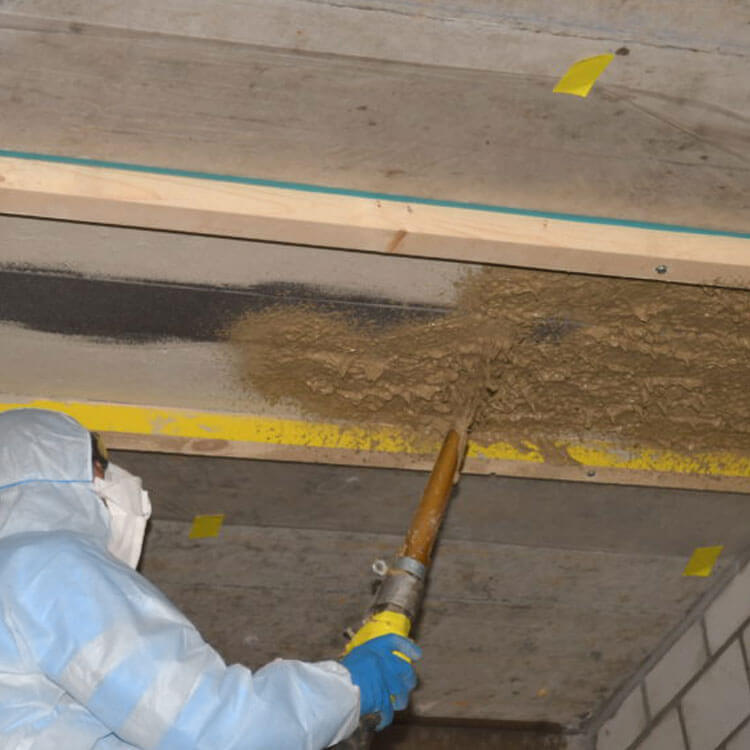
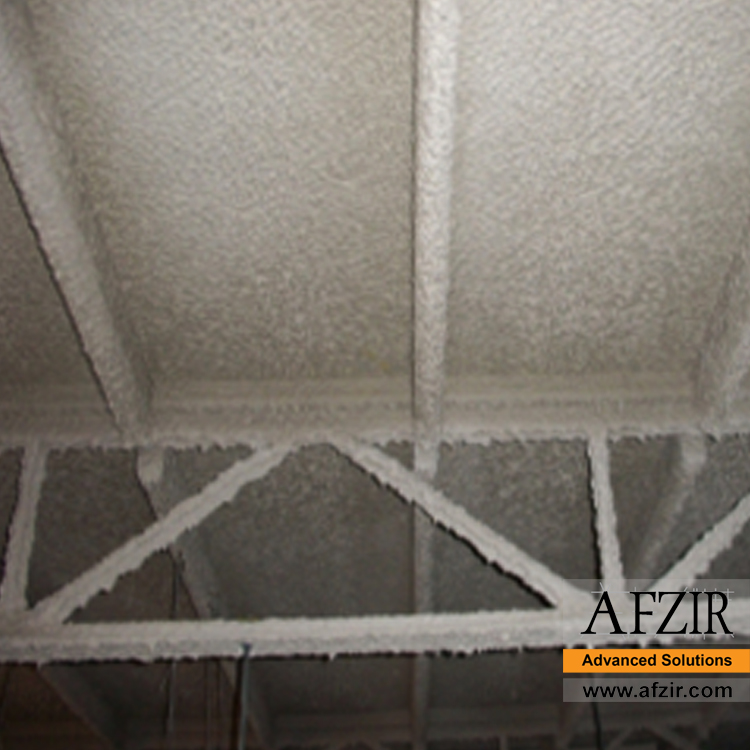
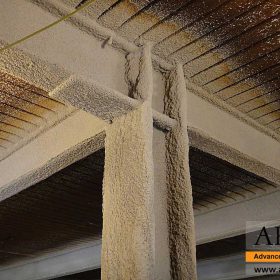
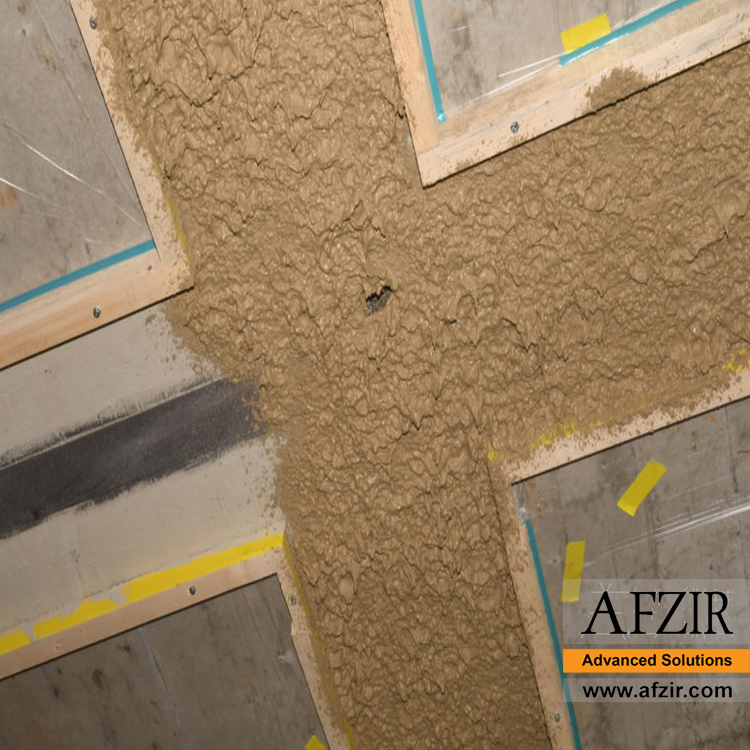

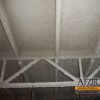
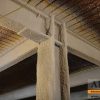
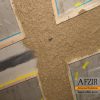
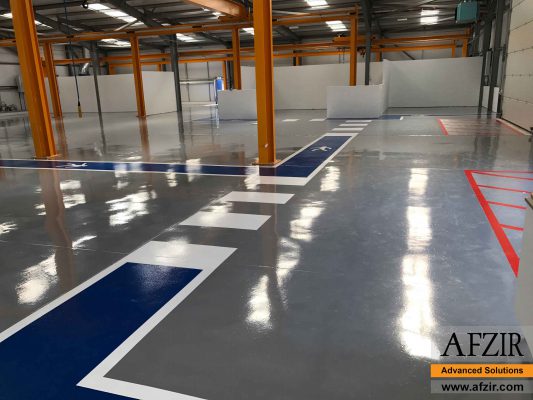
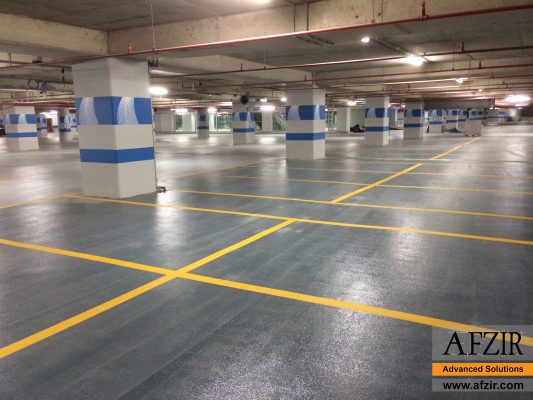







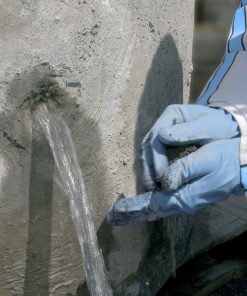
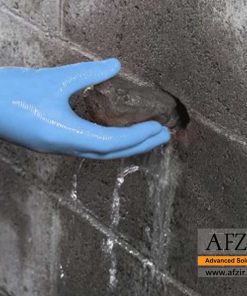

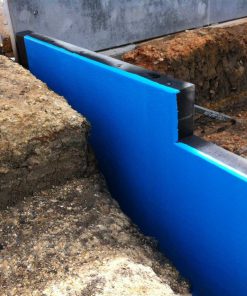
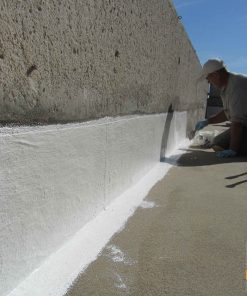


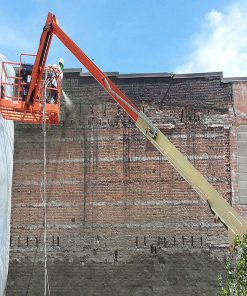

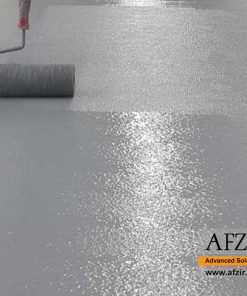



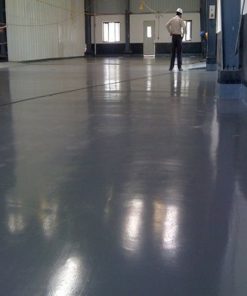


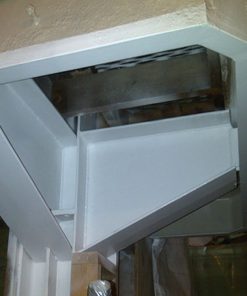
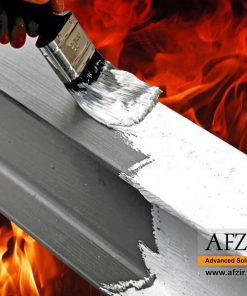
Be the first to review “High Density Spray Applied Fireproof Coating”